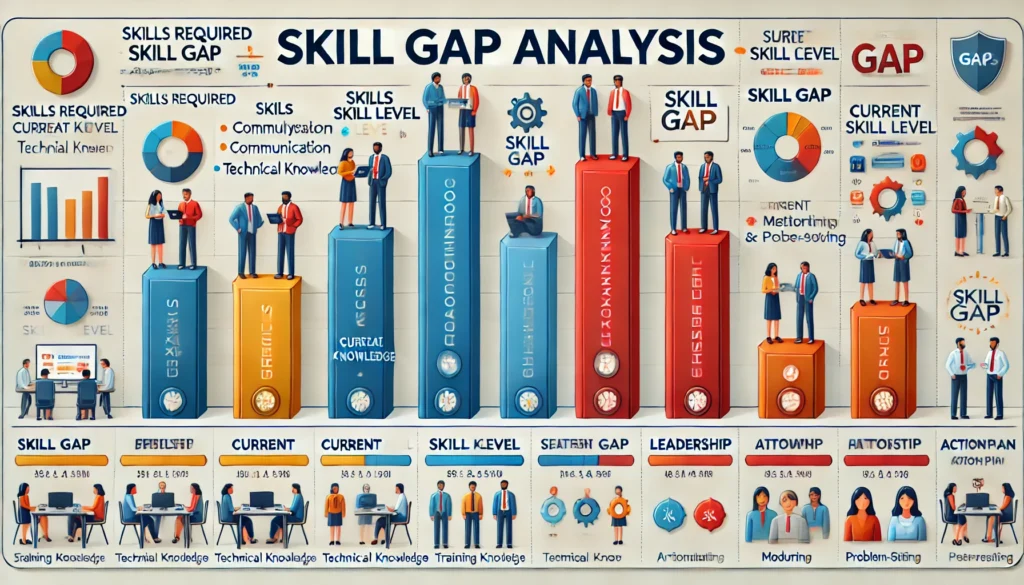Balancing Acts: Mastering the Art of HR Paradoxes for Organizational Success

In the realm of human resources, managing paradoxes is a critical skill. These paradoxes often involve balancing competing priorities or values that can seem contradictory but are both essential to organizational success. Here are some common paradoxes faced by HR professionals and tips on managing them:
1. Individual vs. Organizational Needs: HR must balance the needs of individual employees with the goals of the organization. This can involve negotiations around compensation, work-life balance, and career development.
– Management Strategy: Foster a culture of open communication where employee needs and organizational goals are discussed transparently. Tailored solutions that align personal growth with company objectives can also be effective.
2. Flexibility vs. Control: With the rise of remote work and flexible hours, HR needs to balance the freedom employees desire with the control organizations require to ensure productivity and coherence.
– Management Strategy: Implement clear policies that outline flexibility limits and ensure that technology and training are provided to maintain productivity. Regular reviews and feedback can help adjust policies as needed.
3. Change vs. Stability: Organizations must evolve to stay competitive, but change can be unsettling for employees. HR has to manage this dynamic carefully to keep staff engaged and productive.
– Management Strategy: Clear communication about the reasons for changes and their expected benefits helps. Providing support and training during transitions can also minimize disruption and maintain stability.
4. Equality vs. Diversity: While promoting workplace diversity, HR must also ensure that all employees are treated equally. Balancing diverse representation with fair treatment can be challenging.
– Management Strategy: Establish clear, fair, and transparent criteria for all HR processes (hiring, promotions, evaluations) to maintain this balance. Regular diversity and sensitivity training can promote an inclusive culture.
5. Innovation vs. Risk Management: Encouraging innovation while also controlling risks is a delicate balance. HR needs to create a safe space for creative thinking while ensuring that the risks are managed.
– Management Strategy: Promote a culture where innovative ideas are welcomed and evaluated systematically to manage risks. Encourage pilot projects and small-scale tests to assess new ideas’ feasibility and impacts before full-scale implementation.
6. Cost Cutting vs. Investing in People: Economic pressures often require HR to find ways to reduce costs, while also investing in employee development and well-being is crucial for long-term organizational health.
– Management Strategy: Strive for a balanced approach by identifying key areas where investment in employees can lead to greater efficiency and productivity, offsetting costs. For example, targeted training programs can enhance skills and reduce turnover, thus saving recruitment and onboarding costs in the long run. Additionally, leveraging technology for some HR functions can reduce overhead while maintaining essential investments in employee development programs.
7. Recognizing Individual Excellence vs. Team Performance: HR must navigate the challenge of acknowledging individual contributions while also promoting teamwork and collective success, which are essential for fostering a collaborative organizational culture.
– Management Strategy: Develop recognition programs that celebrate both individual achievements and team outcomes. Encourage initiatives that promote team collaboration, such as team awards or shared performance goals. This approach can help maintain a balance where individuals feel valued for their contributions without overshadowing the importance of teamwork. Regular feedback sessions that highlight both individual and team contributions can also reinforce this balance.
8. Recognizing Results vs. Recognizing Actions: It’s crucial for HR to value outcomes while also appreciating the processes and efforts that lead to those results. This balance ensures that employees are motivated both by achieving goals and by the integrity of their work methods.
– Management Strategy: Implement a comprehensive performance appraisal system that acknowledges both results and the behaviors or actions leading to those results. For instance, reward systems can be designed to include incentives for both achieving targets and for innovative or ethically sound approaches in tackling tasks. This ensures that employees are motivated to perform well while also adhering to company values and operational standards.
9. High Tech vs. High Touch: In an era where technology can streamline many HR functions, maintaining a personal touch is essential to employee satisfaction and engagement. Balancing technological solutions with human interaction is key.
– Management Strategy: While automating routine tasks can improve efficiency, ensure there are still ample opportunities for personal interaction. For example, use technology for initial screening in recruiting, but maintain face-to-face interviews or personal calls for deeper engagement. Similarly, virtual training sessions can be complemented by live Q&A sessions or interactive workshops that promote human connection.
10. Data-Based Decisions vs. Gut-Based Decisions: With the increasing availability of data, HR professionals are expected to make decisions based on metrics and analytics. However, intuition and human judgment still play a critical role, especially in areas like recruitment, conflict resolution, and leadership development.
– Management Strategy: Foster a culture where data is used as a powerful tool to inform decisions but not the sole determinant. Train HR professionals to interpret data within the context of individual circumstances and broader organizational culture. Encouraging a balanced approach ensures that while data provides valuable insights, the human element remains central in decision-making processes.
Incorporating these strategies requires HR professionals to maintain a clear view of the organization’s strategic objectives while also staying flexible and responsive to the needs of both the business and its employees. Effective management of these paradoxes can lead to a more resilient and adaptive organization. By integrating these strategies, HR professionals can more effectively manage the inherent contradictions in their roles, leading to a more balanced, productive, and harmonious workplace.
Managing these paradoxes requires a strategic approach and the ability to view organizational challenges through multiple lenses. HR professionals should continuously develop skills in communication, negotiation, and strategic thinking to effectively handle these complex dynamics.






Responses